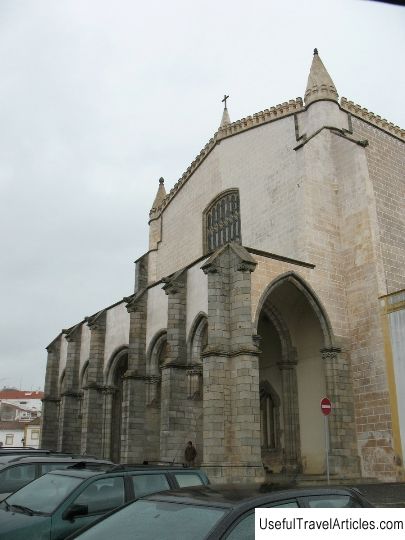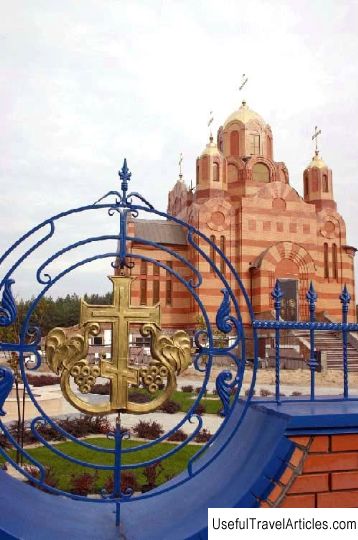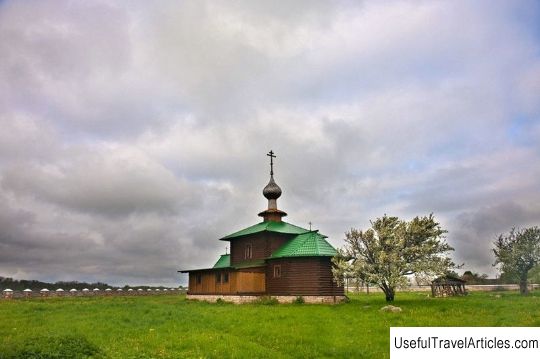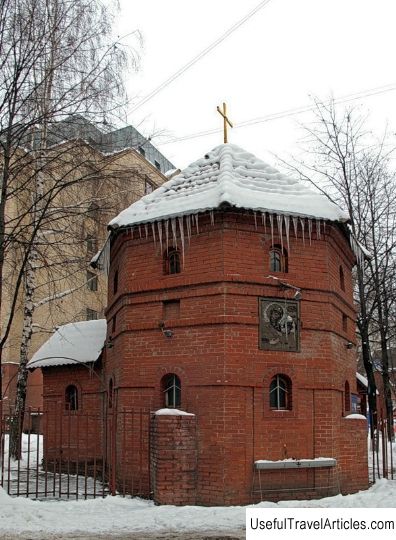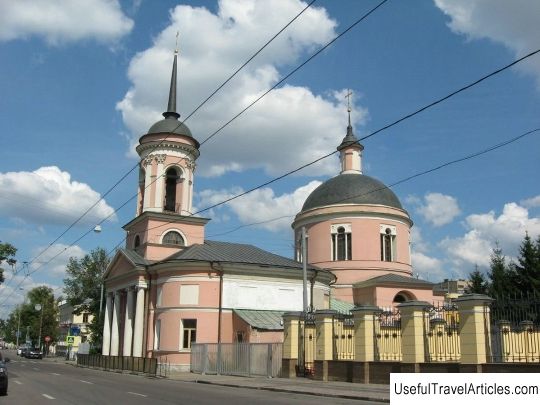Temple of the Iberian Icon of the Mother of God (Palangos Iveros Dievo Motinos ikonos cerkve) description and photos - Lithuania: Palanga
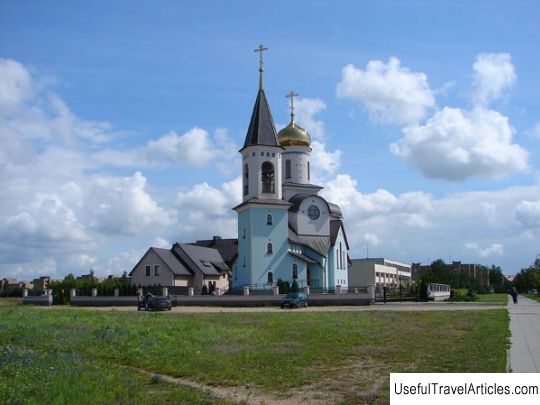
Temple of the Iberian Icon of the Mother of God (Palangos Iveros Dievo Motinos ikonos cerkve) description and photos - Lithuania: Palanga. Detailed information about the attraction. Description, photographs and a map showing the nearest significant objects. The name in English is Palangos Iveros Dievo Motinos ikonos cerkve. Photo and descriptionThe church, named after the Iberian Icon of the Mother of God, is an Orthodox parish church in Palanga. This is the only building in the entire city that was built according to the canons of Russian Orthodoxy, as well as the only temple built in Lithuania over the past 60 years. The abbot of the temple is hegumen Alexy. The history of the Iberian Church began in Palanga, when in 1995 an independent Orthodox parish was formed. The premises in the converted foyer of the Russian secondary school were used for the services. At that time the parish priest was Hieromonk Alexy. The parish worshipers could only dream of their own prayer house. In 1999, the Palanga Municipality would have allocated a free land plot of 2263 sq. meters for the construction of a new church. The architect of the temple was Dmitry Borunov from the city of Penza, who at one time created the project of the Intercession-Nikolskaya Church, built earlier in the city of Klapeida. In February 2000, the groundbreaking ceremony was held. The construction of the church was completed on December 28, 2001. When building a church in the name of the Iberian Icon of the Mother of God, for the first time in Lithuania, advanced modern technologies were used. The temple was equipped and built with the funds allocated by the entrepreneur Alexander Popov. In addition, some part of the interior was equipped by order of Popov in Thessaloniki, and the other part in Sofrino. Bells for the church were cast in Yaroslavl. The church complex fits perfectly into the seaside landscape, attracting the attention of numerous guests of Palanga. Lighting of the built church took place in 2002. The ceremony was attended by a member of the Holy Synod of the Orthodox Russian Church of Kolomna and Krutitsky Juvenalia, as well as the head of the Lithuanian diocese, Metropolitan Chrysostomus of Lithuania and Vilna. The temple architecture, executed with a cross-domed plan, follows the laws of Orthodox architecture, which expresses true Orthodox symbolism. The outlines of the entire temple resemble a "ship of salvation", and the tiers rising up reflect the images of a "staircase" that leads directly to the sky. The main building of the complex is stretched in height by a narrow drum, which is successfully crowned with a dome, traditional for Orthodoxy, resembling an onion in shape. The upward proportions of the church, the multi-tiered composition of architecture, the outlines of roofs with triangular shapes, the entire volume of the bell tower with a spire-like hipped roof is especially reminiscent of Gothic architecture. It is this diversity of architecture that helps the temple complex to blend harmoniously with the Palanga city landscape. The temple complex is a choir, a vestibule and a bell tower. The interior decoration is covered with murals that were made by Russian monumentalists specializing in painting church walls. The interior of the church is hierarchically divided into three levels. The first level is a space under the dome and a dome dedicated to Jesus Christ, the Most Holy Theotokos, the apostles and angels. On the next level (on the north and south walls) scenes from the Gospel are depicted. On the third level, represented by spans of arches, pillars and a choir, images of saints are depicted, which are presented as free-standing, and half-figured in medallions. In all of Lithuania, such a complete program of painting the Orthodoxy church in modern times is available only in the Iberian Church. In the church house of Palanga, everything is provided for the diversified life of the community. In the refectory room, birthday people are congratulated, Easter, Christmas and other holidays are held. Theological discussions with adults and youth are held in the library, which is constantly expanding the range of books on spiritual literature. In the Palanga temple, which has become so popular in the region, many couples from Klapeida, as well as other cities and towns get married, because the decoration of the Iberian temple and its internal atmosphere, the mysterious bell ringing dispose to ensure that the wedding event remains for a long time in the memory of the newlyweds.         We also recommend reading Kemi Church description and photos - Finland: Kemi Topic: Temple of the Iberian Icon of the Mother of God (Palangos Iveros Dievo Motinos ikonos cerkve) description and photos - Lithuania: Palanga. |
